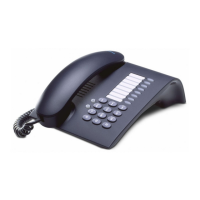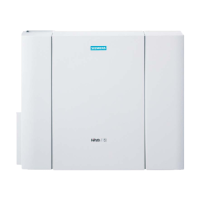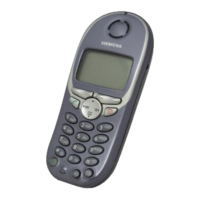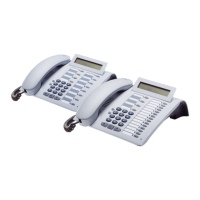Dial-in procedure (previously T-Net) as of V2.1
A31003-K16-X001-3-7620, 07/99
Hicom 100 E Version 2.1, Service manual
8-5
Least Cost Routing (LCR)
8.3 Dial-in procedure (previously T-Net) as of V2.1
8.3.1 Background/General
Siemens offers a comprehensive package for operators of Corporate Networks (
CN
) which al-
lows external users and branch offices to use the corporate network. To this end, the CN is
equipped with several dial-in nodes which are controlled by what is known as a
DICS
(Dial-In
Control Server). These dial-in nodes comprise PCs which are connected to the public ISDN
network via one or several S
2M
(or S
0
) interfaces.
On the network operator-customer side, a so-called "Remote Access Unit" (
RAU
) is installed
which is connected downstream of existing PABXs or terminals (available for ISDN systems).
This RAU evaluates the number dialled by the customer and, on the basis of integrated LCR
tables, decides whether or not the call should be sent over the CN or directly via the Telecom
network.
The dial-in control server (DICS) contains:
●
S
2M
interface(s) for standard connections
●
S
0
interface for error and stay-alive messages (not relevant for Hicom 100 E).
This procedure originated with the development of the Thyssen corporate network called T-Net
(nowadays known as Plus-Net). Consequently, this name may still appear in certain docu-
ments. Interest in this method has already been expressed by several carriers and corporate
network operators (e.g. CNI, RWE Telliance, Thyssen Plus-Net, Viag, SCN, DATEV, LG
OES...).
8.3.2 Implementation with Hicom 100 E
This LCR functionality available to customers has now been integrated into the Hicom 100 E
systems thus doing away with the need for the remote access unit (RAU) if a Hicom 100 E is
used. The existing LCR table containing 50 entries is used as an exception table (see Table 8-
1 .
On the basis of the exception table, the system decides whether or not a call should be set up
via the normal (Telecom) or corporate network. All numbers not entered in the exception table
are routed to the CN via the DICS. All numbers not to be routed via the CN must be listed in
the exception table.
In the dial-in procedure on offer, it is assumed that the corporate network in question
comprises Hicom 300 systems.

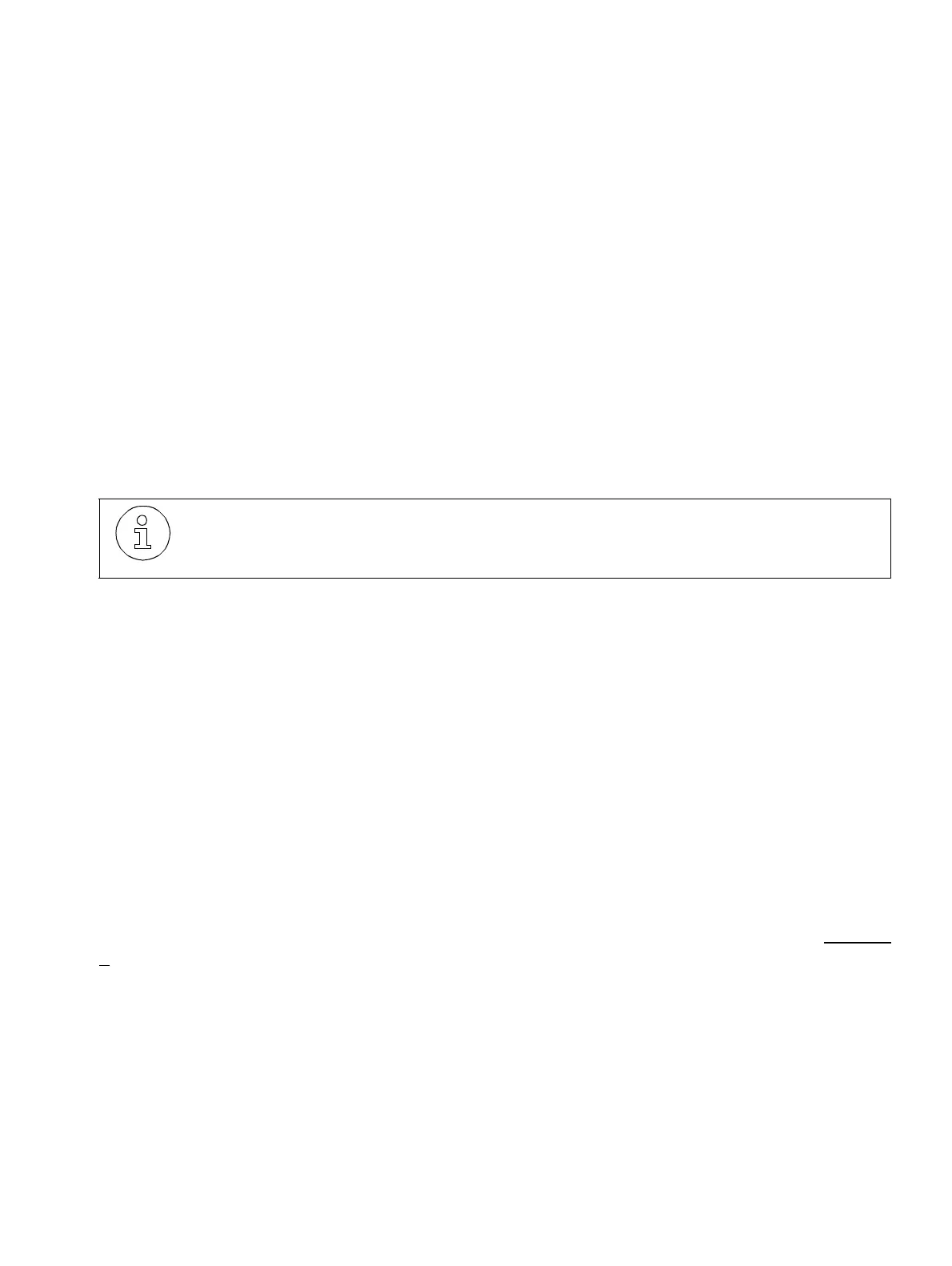